Introduction
Chinese tea eggs, known as chá yè dàn (茶叶蛋) in Mandarin, are a beloved street food and home-cooked delicacy that marry the earthy richness of tea with the savory depth of aromatic spices. This humble snack, often sold in bustling night markets or enjoyed as a quick breakfast bite, traces its roots to ancient Chinese culinary traditions. The eggs, boiled and marinated in a fragrant broth of tea, soy sauce, and spices, develop a distinctive marbled pattern when their shells are gently cracked during preparation. Beyond their visual appeal, tea eggs offer a harmonious blend of umami flavors and a tender, protein-packed texture. This article delves into the art of making tea eggs, exploring their history, ingredients, and meticulous preparation techniques to help you recreate this iconic dish in your own kitchen.
A Brief History of Tea Eggs
The origins of tea eggs date back centuries, with roots in the Qing Dynasty (1644–1912), when they emerged as a practical way to preserve eggs using tea’s natural tannins and spices. Merchants and travelers favored them as a portable, non-perishable snack, while households adopted the recipe as a budget-friendly method to elevate simple ingredients. Over time, tea eggs evolved into a cultural symbol, often served during festivals, family gatherings, or as a nostalgic comfort food. Today, they remain a staple in Taiwanese night markets, Chinese convenience stores, and homes worldwide, cherished for their balance of flavor and history.

Ingredients: The Building Blocks of Flavor
Creating authentic tea eggs requires a careful selection of ingredients, each contributing to the dish’s complex taste profile. Below is a breakdown of essential and optional components:
- Eggs: Traditional recipes use chicken eggs, but quail eggs offer a delicate alternative. Ensure eggs are fresh and at room temperature for even cooking.
- Tea Leaves: Black tea varieties like Lapsang Souchong (smoky) or Pu-erh (earthy) are ideal. Avoid green tea, as its delicate flavor may be overpowered.
- Soy Sauces: Light soy sauce provides saltiness, while dark soy sauce adds color and depth. For gluten-free options, use tamari.
- Spices: Star anise, cinnamon sticks, Sichuan peppercorns, and cloves form the aromatic backbone. Optional additions include cardamom, fennel seeds, or dried orange peel.
- Sweetener: Rock sugar or brown sugar balances the saltiness and enhances the broth’s body.
- Salt: Adjust to taste, though soy sauces often provide sufficient seasoning.
- Water: Use filtered water to avoid mineral aftertastes.
Equipment: Tools for Precision
- Medium Pot: Opt for stainless steel or enameled cast iron to prevent metallic reactions with spices.
- Slotted Spoon: For gentle egg handling.
- Bowl of Ice Water: To halt cooking and facilitate peeling.
- Mortar and Pestle: To crush spices (optional but recommended for flavor release).
- Thermometer: For precise egg cooking (optional).
Step-by-Step Preparation Guide
Boiling the Eggs: A Delicate Balance
- Initial Boil: Place eggs in a pot and cover with cold water by 1 inch. Bring to a rolling boil over medium-high heat.
- Timing is Key:
- 6–7 minutes: Soft-boiled eggs with runny yolks.
- 8–9 minutes: Medium-boiled for a creamy yolk.
- 10–12 minutes: Fully cooked yolks (ideal for tea eggs).
- Shock in Ice Water: Transfer eggs to an ice bath for 5 minutes. This stops cooking and loosens shells for easy peeling.
Cracking the Shells: The Art of Marbling
- Gentle Tapping: After peeling, tap eggs all over with the back of a spoon or roll on a countertop. Aim for a network of fine cracks without removing the shell.
- Uniformity Matters: Even cracking ensures consistent flavor absorption and a lace-like pattern.
Preparing the Marinade: Infusing Depth
- Sauté Spices: In a dry pot, toast star anise, cinnamon, and peppercorns over low heat until fragrant (1–2 minutes).
- Brew the Tea: Add 4 cups water, tea leaves (2 tbsp), soy sauces (¼ cup light, 1 tbsp dark), sugar (1 tbsp), and salt (1 tsp). Bring to a simmer.
- Flavor Layering: Submerge cracked eggs in the brine, ensuring they’re fully submerged. Add water if needed.
Simmering and Steeping: The Patience Game
- Low and Slow: Simmer gently for 1–2 hours. Longer cooking intensifies flavor but risks bitterness; monitor after 60 minutes.
- Overnight Steeping: For peak flavor, cool the brine and refrigerate eggs overnight. This allows tannins and spices to penetrate deeply.
Serving and Storage: Enjoying the Fruits of Labor
- Peel and Present: Gently remove shells to reveal the marbled interior. Serve warm or at room temperature.
- Pairing Suggestions: Enjoy with congee, noodles, or as a standalone snack. Garnish with chopped chives or sesame seeds.
- Storage: Transfer eggs and brine to an airtight container. Refrigerate for up to 1 week; reheat gently before serving.
Advanced Techniques and Variations
Tea Selection:
- Experiment with smoked teas (Lapsang Souchong) for a campfire aroma or floral oolongs for a delicate twist.
Spice Blends:

- Spicy Variant: Add dried chili flakes or Sichuan peppercorns for heat.
- Aromatic Boost: Incorporate orange zest, garlic cloves, or ginger slices.
Presentation:
- Halve eggs and serve on a bed of sautéed greens.
- Skewer with toothpicks for party appetizers.
Quail Eggs:
- Reduce cooking time to 4–5 minutes due to their smaller size.
Troubleshooting Common Pitfalls
- Rubbery Yolks: Overcooking; use a timer and shock eggs promptly.
- Bland Flavor: Insufficient steeping time; extend marination to 12+ hours.
- Uneven Marbling: Inconsistent cracking; ensure shells are evenly fractured.
- Bitter Aftertaste: Over-brewed tea; remove tea bags after 10 minutes.
Nutritional Benefits and Considerations
Tea eggs offer a nutritional powerhouse:
- Protein: 6 grams per large egg.
- Antioxidants: Tea polyphenols combat inflammation.
- Iron: Soy sauce enhances iron absorption.
However, moderate sodium intake is advised, especially for those with hypertension. Opt for low-sodium soy sauce if needed.
Cultural Significance and Modern Adaptations
In Taiwan, tea eggs are synonymous with night markets, where vendors simmer them in massive woks over charcoal fires. Contemporary chefs now fuse traditions, infusing brines with espresso, beetroot, or even cola for unexpected sweetness. Home cooks globally embrace the recipe, adapting it to local tastes while honoring its heritage.
Conclusion: The Joy of Tea Eggs
Crafting tea eggs is a meditative process, blending patience, precision, and creativity. From the satisfying crack of the shell to the first bite of umami-rich yolk, each step connects you to centuries of culinary tradition. Whether enjoyed as a midnight snack or a centerpiece at a gathering, tea eggs embody the magic of simple ingredients transformed into something extraordinary. So, gather your spices, steep your tea, and embark on a flavor journey that transcends time and borders. Your taste buds—and your inner chef—will thank you.
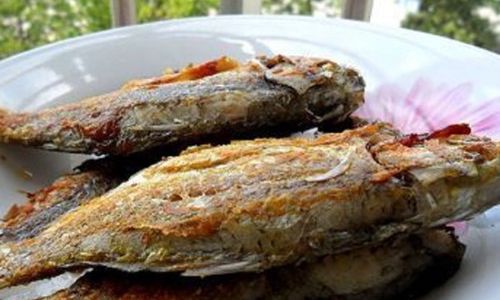
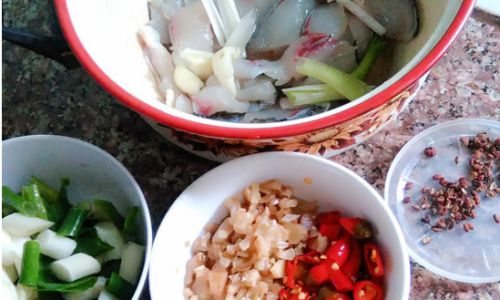
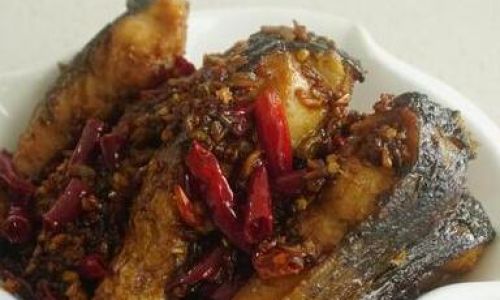
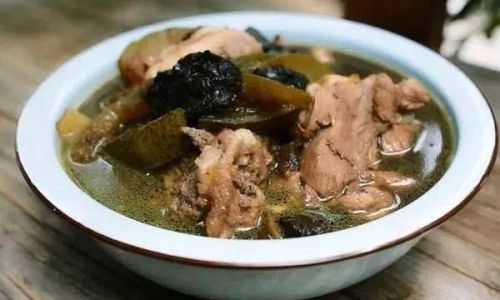
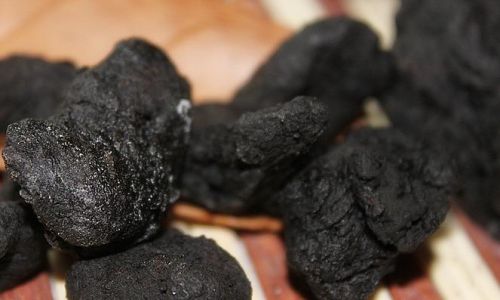
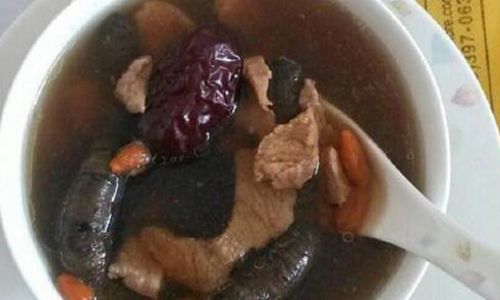
0 comments